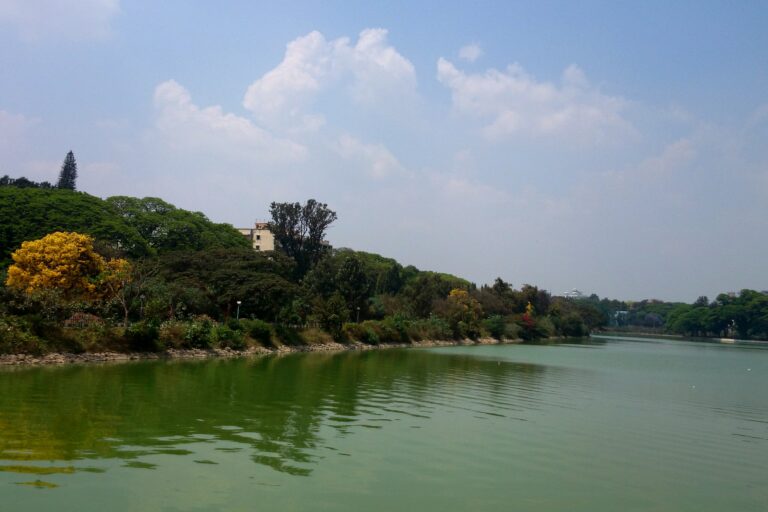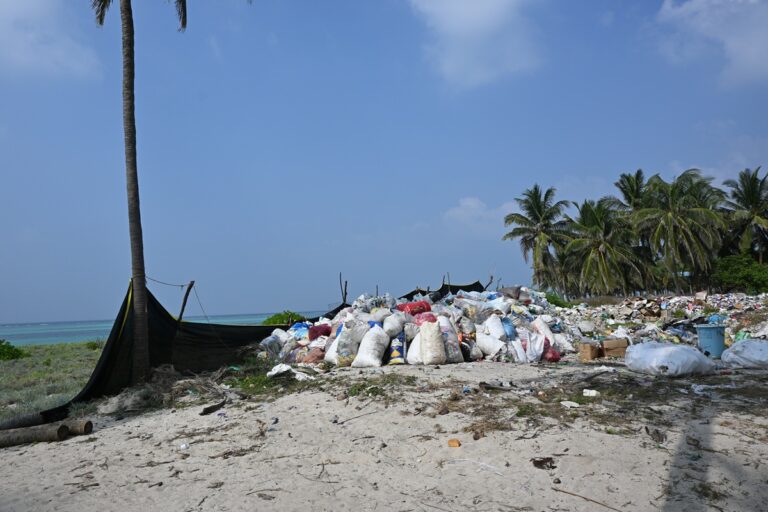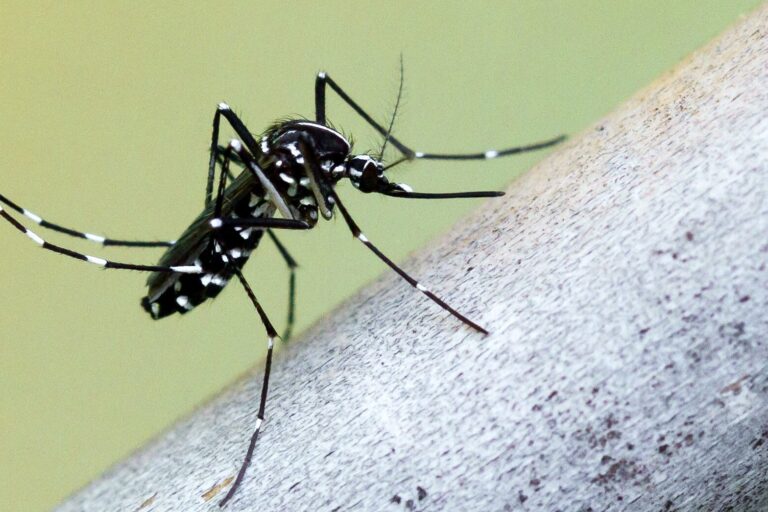- A steady rise in temperatures in Telangana is causing heat stress to women in urban slums, who lack access to several basic amenities.
- Engaging in long hours of constant physical labour in intense heat and limited resources, impacts the health of women and young girls.
- With a sustained growth in urban population, it is expected that the number of informal settlements around cities will also increase.
“There is the blazing sun above and scorched earth beneath us,” laments 28-year-old Yelamma while sitting under a tree outside her tarpaulin and tin hut in Hyderabad, Telangana.
Telangana has been experiencing a steady rise in temperature, from 38 degrees Celsius in February 2024 to 44 degrees Celsius earlier in April.
Yelamma lives in an urban slum, about three kilometres from an elite commercial area called Financial District in Hyderabad. This area hosts multinational companies and government establishments, as well as affluent housing societies.
In this slum, cement blocks and plastic make up their windowless walls, while bamboo, tarpaulin, and tin sheets are used for low ceilings. Simple cement is used for flooring. For home decor, one would find anything from political party flags, tattered stuffed toys, and a lot of drums and cans of water. There is only one water tap here for a settlement of 300 families.

Most of the men who reside here are stone-cutters who survive on daily wages. However, the responsibility of running the slum falls on women. Child marriage is still prevalent here, especially for girls. Yelamma said, “The nature of the men’s work is uncertain and seasonal. The financial burden of running a household throughout the year, is on women.”
Indoor temperatures rise significantly during the day due to the building materials used.
Cradling her niece, 14-year-old Alekhya said, “My older sister sent her newborn child to the village. There is a big neem tree there which keeps temperatures down.” Like many girls in the slum, Alekhya does not go to school and helps care for the younger children while the older women go to work.

The women begin their day at 4 a.m., cleaning their homes and cooking meals for their families, on a wood fire, a task that often overheats and exhausts women at the start of their day. They work six hours as house help in nearby housing societies, often enduring extreme heat during their commute.
By noon, women return to their homes to do laundry with limited water supply and tend to their children who return from school. The men return home at dawn and the women cook dinner for everyone. The women and young girls who don’t go to school, are engaged in almost 12 hours of constant physical labour in intense heat and with limited resources.
Heat-related losses impact women’s livelihoods, ability to perform unpaid labour, and health, finds a recent study. Urban poor, including slum-dwellers have a key role in the development of cities. An increase in their productivity would contribute to the economic growth of the country. Also, at the current pace, urbanisation is bound to accelerate rural-urban migration and in-situ population growth.
As of 2019, over six crore people live in India’s slums, in conditions lacking basic civic amenities. With sustained growth in urban population, it is expected that the number of informal settlements around cities will also increase.
Meanwhile, muddled definitions by various agencies of what qualifies as a ‘slum’ during surveys, under-reporting of slum populations and densities by municipalities, and exclusion from the census in some regions, have led to an inefficient application of schemes meant for development of slums.
Read more: What if we designed homes to stay cool?





















